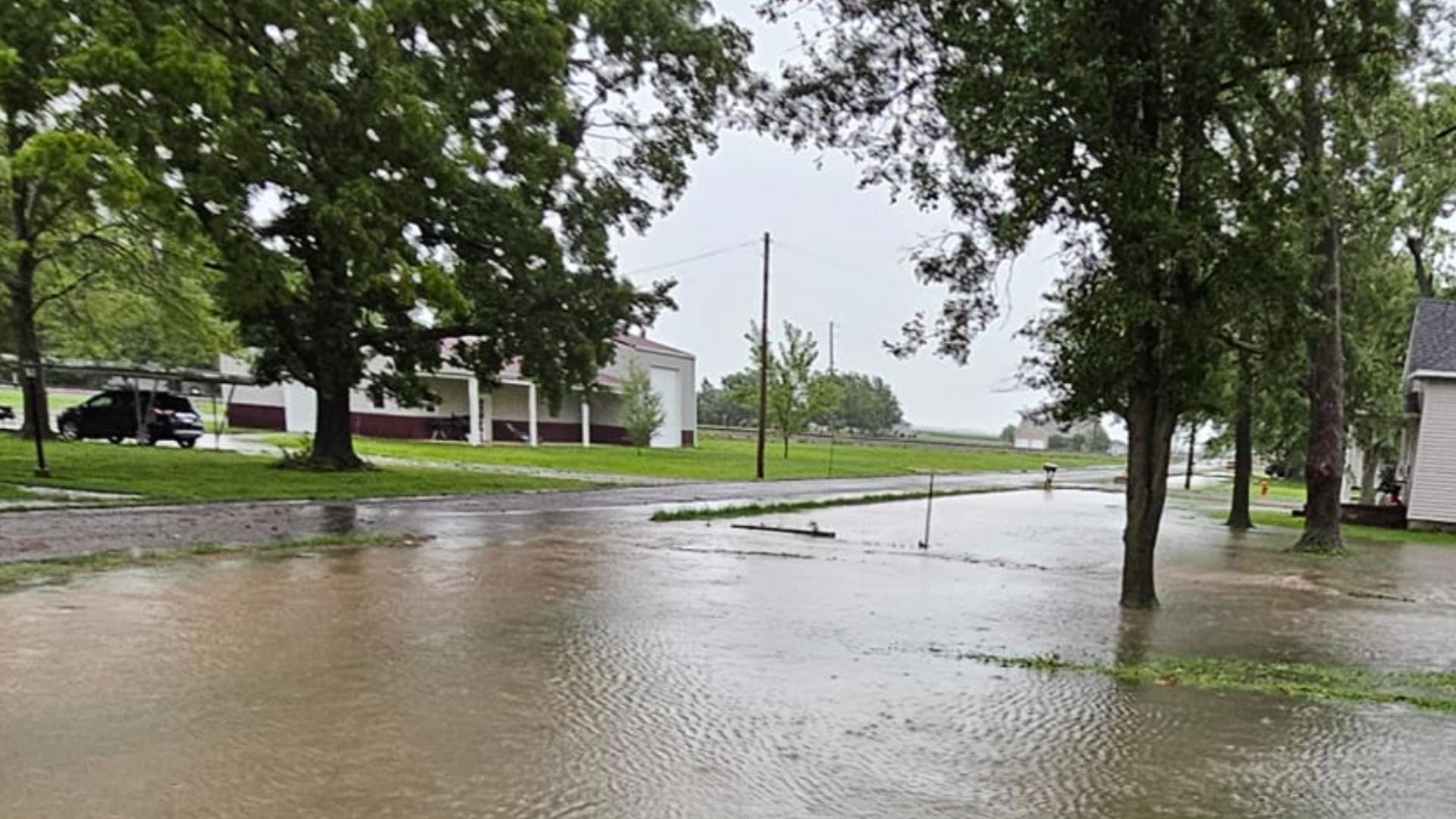NASHVILLE, Ill — Some residents of Nashville, Illinois, were forced to flee their homes and navigate flooded roads after alerts about an "imminent failure" of the nearby Nashville City Reservoir dam.
"Failure" was perhaps too harsh of a word to describe what the dam did Tuesday morning, according to Loren Wobig, the director of the Illinois Department of Natural Resources Office of Water Resources.
PREVIOUS REPORTING: Homes in Nashville, Illinois, evacuated after dam failure, water rescues in the area ongoing
The 90-year-old Nashville City Reservoir dam is considered "high-hazard," indicating the severe potential impact a failure could have on the community. Two events caused the evacuation alerts in the nearby city, but none of them were dam "failures." The primary dam did not fail, but was overtopped with water due to high rainfall. The secondary dam didn't fail either. Rather, it did what it was designed to do during high rainfall events.
"What we believe is the situation is that the reservoir dam is designed with what we call fused plug emergency spillway," Wobig said. "When the water reaches a certain height, by design, it activates that fuse plug."
When the fuse plug is activated, it guides a path for the water to fall and return to a waterway, according to Wobig. Evacuations were ordered as part of city officials' emergency plan during intense rainfall like what was seen on Tuesday.
Human-driven climate change, through the burning of fossil fuels like coal, oil, and gas, is expected to make emergency flood events like this more common in Illinois, Wobig said. Statewide annual rainfall totals have increased nearly six inches between 1895 and 2019, according to the Illinois Department of Natural Resources. On top of flooding, long-term increases in precipitation can degrade water quality, strain drainage systems, and disrupt ecosystems.
"You could draw a parallel with climate change and the more frequent, heavier rainfall amounts that we've been seeing really across the state that you're gonna get this type of activation of emergency spillways perhaps on a more frequent basis," Wobig said. "That's why having an emergency action plan and the dam safety program is so, so key to being able to plan for that."

